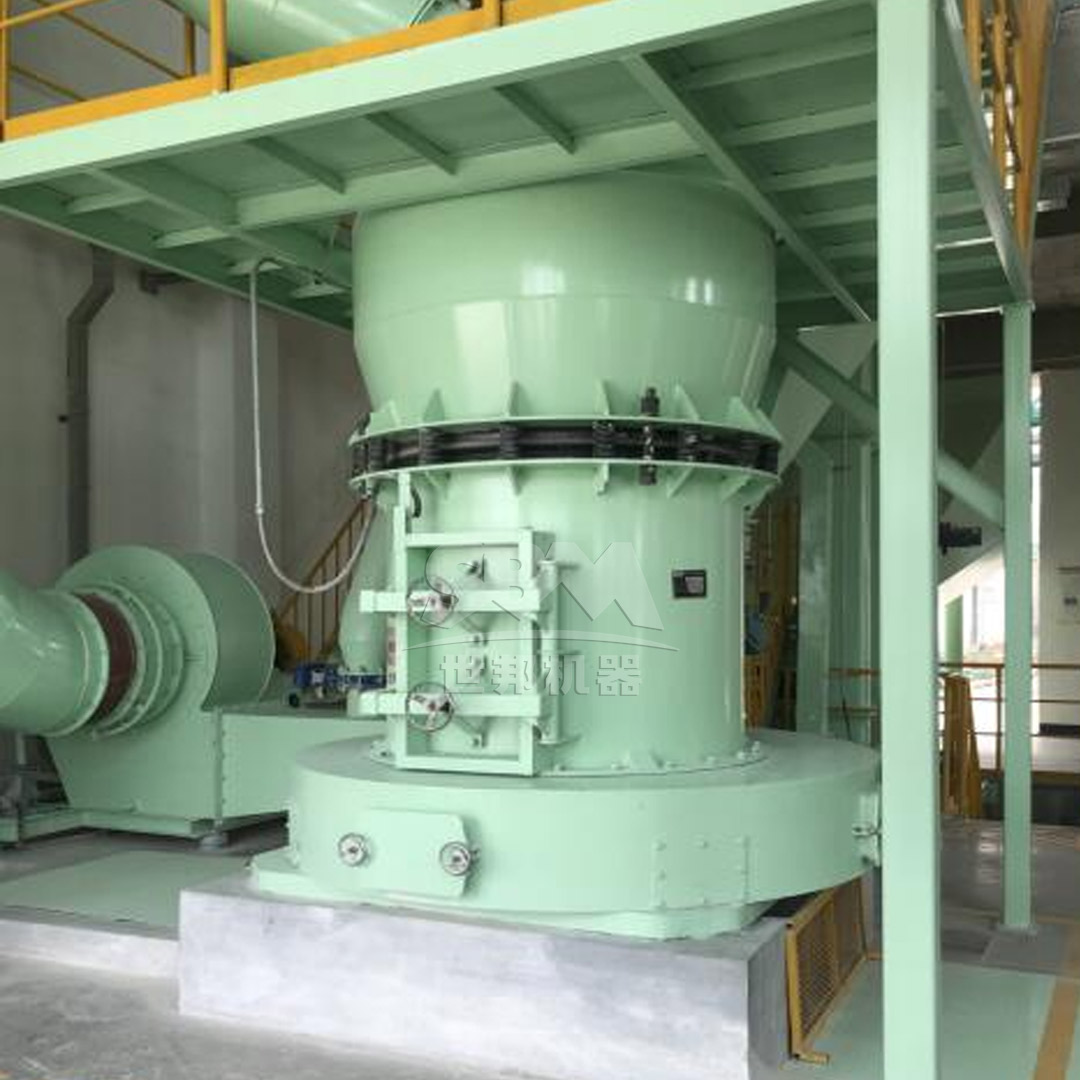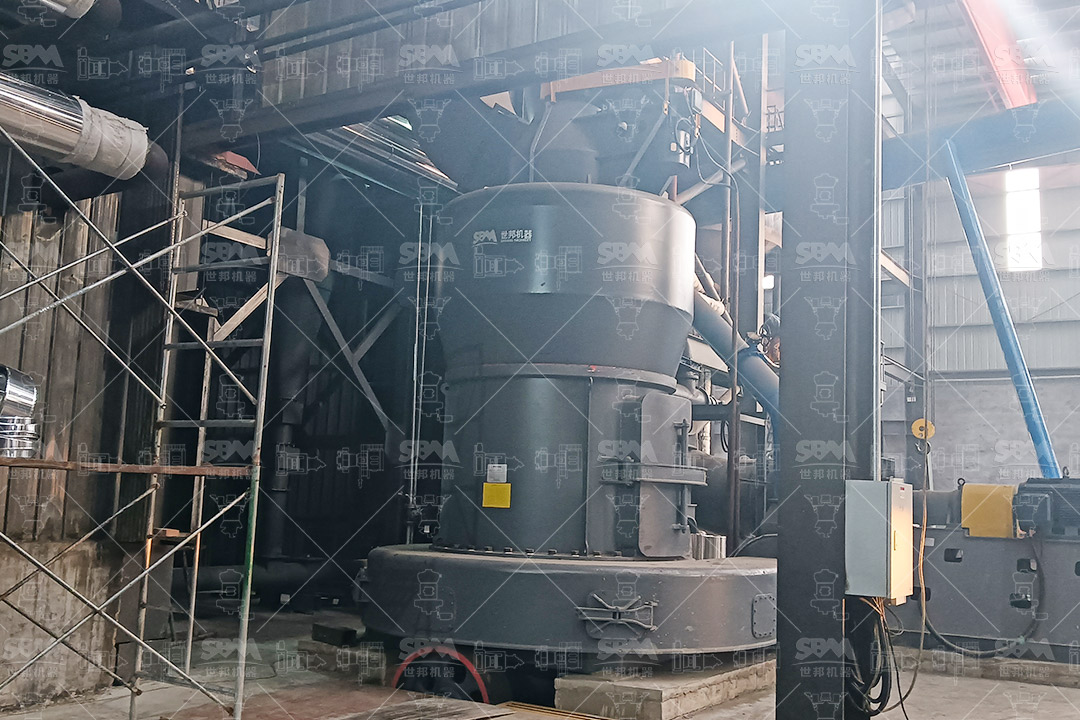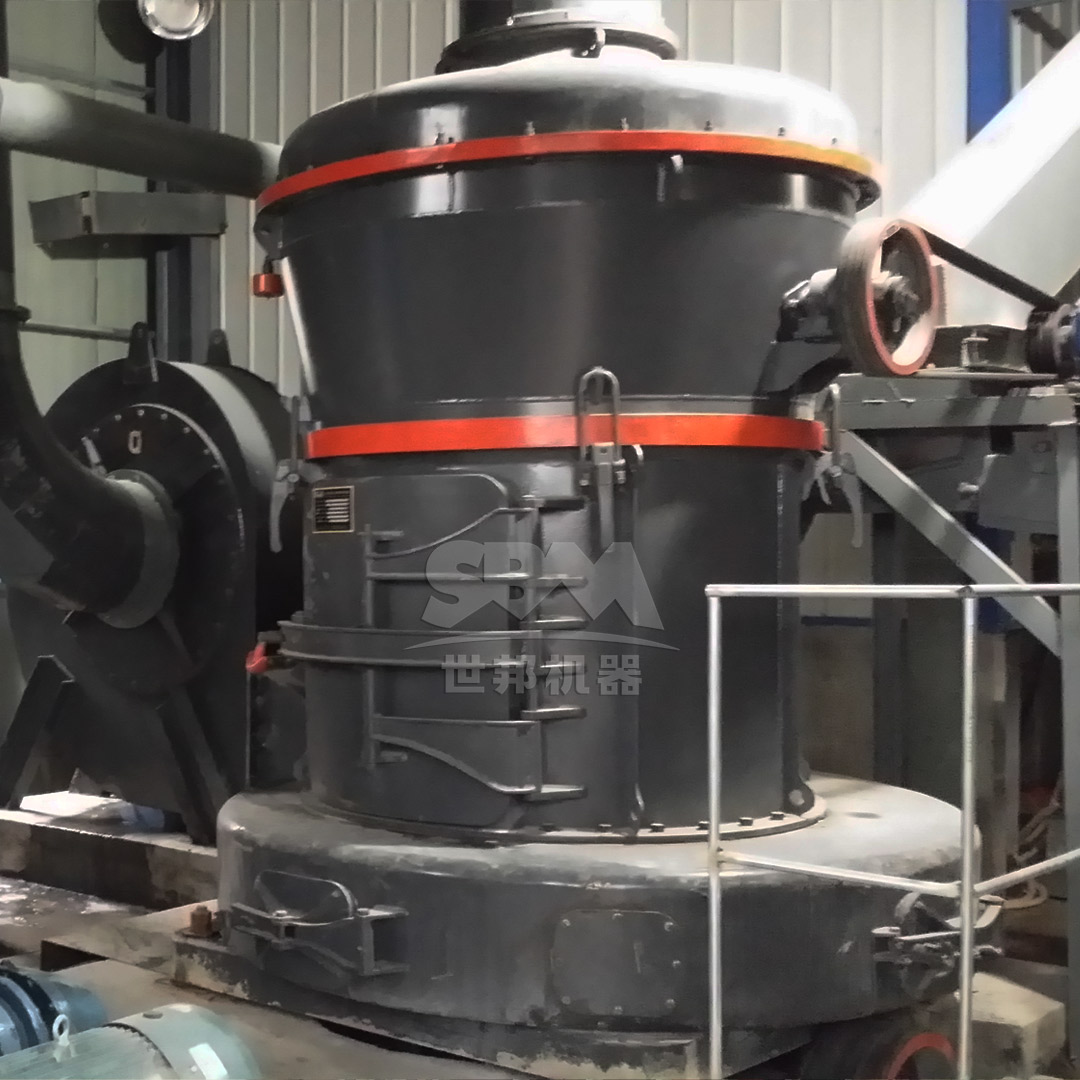The relentless pursuit of higher energy density, faster charging capabilities, and longer cycle life in lithium-ion batteries has placed unprecedented focus on the anode material, predominantly graphite. While the crystalline structure of graphite is a given, the particle size distribution (PSD) of the graphite powder is a critical, tunable parameter that directly governs electrochemical performance. Sub-optimal particle size can lead to irreversible capacity loss, poor rate capability, and reduced battery longevity. This article delves into the science behind graphite particle size optimization and presents advanced milling solutions designed to meet the exacting standards of next-generation battery production.
The ideal graphite anode features a carefully balanced PSD. Excessively coarse particles (>20μm) reduce the specific surface area, limiting lithium-ion intercalation kinetics and leading to lower capacity and poor fast-charging performance. Conversely, an over-abundance of ultra-fine particles (<5μm) creates an excessively high surface area, which can exacerbate side reactions with the electrolyte, forming a thicker Solid Electrolyte Interphase (SEI) and consuming active lithium ions, thereby reducing the first-cycle Coulombic efficiency. Furthermore, fine particles can compromise the electrode’s tap density, negatively impacting volumetric energy density. The target is a mono-disperse or tightly controlled distribution, typically centered around a D50 of 10-15 μm with a minimal fraction of sub-micron fines, to maximize electrical contact, ionic diffusion, and structural integrity within the electrode.

Milling natural or synthetic graphite to the desired fineness while maintaining particle morphology and avoiding contamination is a significant engineering challenge. Traditional milling equipment like ball mills or Raymond mills often fall short. Ball mills can introduce metallic impurities from grinding media, are energy-intensive, and offer poor control over the top-size cut-off, leading to broad PSDs. Raymond mills struggle to achieve the consistent sub-10-micron fineness required and can generate excessive heat, which may damage the graphite crystallinity.
The ideal graphite superfine mill must therefore possess several key attributes: High-Precision Classification to ensure a sharp particle size cut-off and prevent coarse particles from contaminating the final product; Efficient Grinding Mechanics that utilize compression and shear forces rather than impact to preserve the graphite’s flaky morphology, which is beneficial for lithium-ion diffusion; Contamination-Free Operation through the use of ceramic or specialized wear-resistant materials in grinding zones; Energy Efficiency to keep operational costs sustainable; and Integrated Dust Collection to maintain a clean production environment and ensure high product yield.
To address these stringent requirements, we highly recommend our SCM Series Ultrafine Mill. This mill is engineered from the ground up for applications demanding ultra-fine powders with narrow particle size distributions, making it an ideal choice for producing high-performance battery anode materials.
The SCM Ultrafine Mill excels with an output fineness range of 325-2500 mesh (D97 ≤ 5μm), perfectly aligning with the needs of advanced battery graphite. Its core technological advantages include:
| Model | Processing Capacity (ton/h) | Main Motor Power (kW) | Output Fineness (mesh) |
|---|---|---|---|
| SCM800 | 0.5 – 4.5 | 75 | 325 – 2500 (D97≤5μm) |
| SCM900 | 0.8 – 6.5 | 90 | |
| SCM1000 | 1.0 – 8.5 | 132 | |
| SCM1250 | 2.5 – 14 | 185 | |
| SCM1680 | 5.0 – 25 | 315 |
The working principle involves the main motor driving the central shaft to rotate the turntable. Material is fed into the grinding chamber and crushed by the rollers under centrifugal force. The ground material is then blown up by the air stream to the classifier, where oversize particles are rejected and returned for further grinding. The final, qualified fine powder is collected by the cyclone and bag filter system.

The optimal milling parameters vary depending on the source and initial morphology of the graphite (e.g., flake vs. spherical). For instance, milling natural flake graphite to preserve its high aspect ratio requires careful control of grinding pressure and classifier speed. Our SCM Mill’s intelligent control system allows for real-time feedback and adjustment of the classifier rotor speed, directly influencing the D97 value. This ensures that the delicate graphite flakes are not over-ground into more isotropic particles, which could diminish performance.
For pre-processing larger feedstock before the final superfine milling stage, our MTW Series Trapezium Mill serves as an excellent primary grinder. With an output range of 30-325 mesh (45-500μm), it can efficiently reduce raw graphite chunks to a consistent feed size for the SCM Mill. Its advantages include a wear-resistant shovel design, curved air channel for reduced energy loss, and high transmission efficiency, making it a robust and cost-effective solution for the initial size reduction step in a two-stage grinding circuit.
The benefits of precisely milled graphite extend beyond the powder itself to the entire electrode manufacturing process. A consistent PSD improves the rheology of the electrode slurry, leading to better coating uniformity and higher electrode density. This directly translates to higher volumetric energy density in the final battery cell.
In the cell, optimized graphite particles facilitate a more stable and efficient SEI formation. The reduced surface area of fines minimizes electrolyte decomposition, while the absence of coarse particles ensures uniform current distribution, reducing local hotspots and the risk of lithium plating during fast charging. The result is a battery with higher initial efficiency, superior cycle life, and enhanced safety.

As battery technology evolves towards solid-state and silicon-composite anodes, the demand for precisely engineered powders will only intensify. The ability to consistently produce graphite with a tailored particle size distribution is no longer a luxury but a necessity for staying competitive. Investing in advanced milling technology like the SCM Ultrafine Mill is an investment in the quality, performance, and reliability of the final energy storage product. By providing unparalleled control over this critical material parameter, our milling solutions empower battery manufacturers to push the boundaries of energy density and power performance, paving the way for the next generation of electric vehicles and grid storage systems.